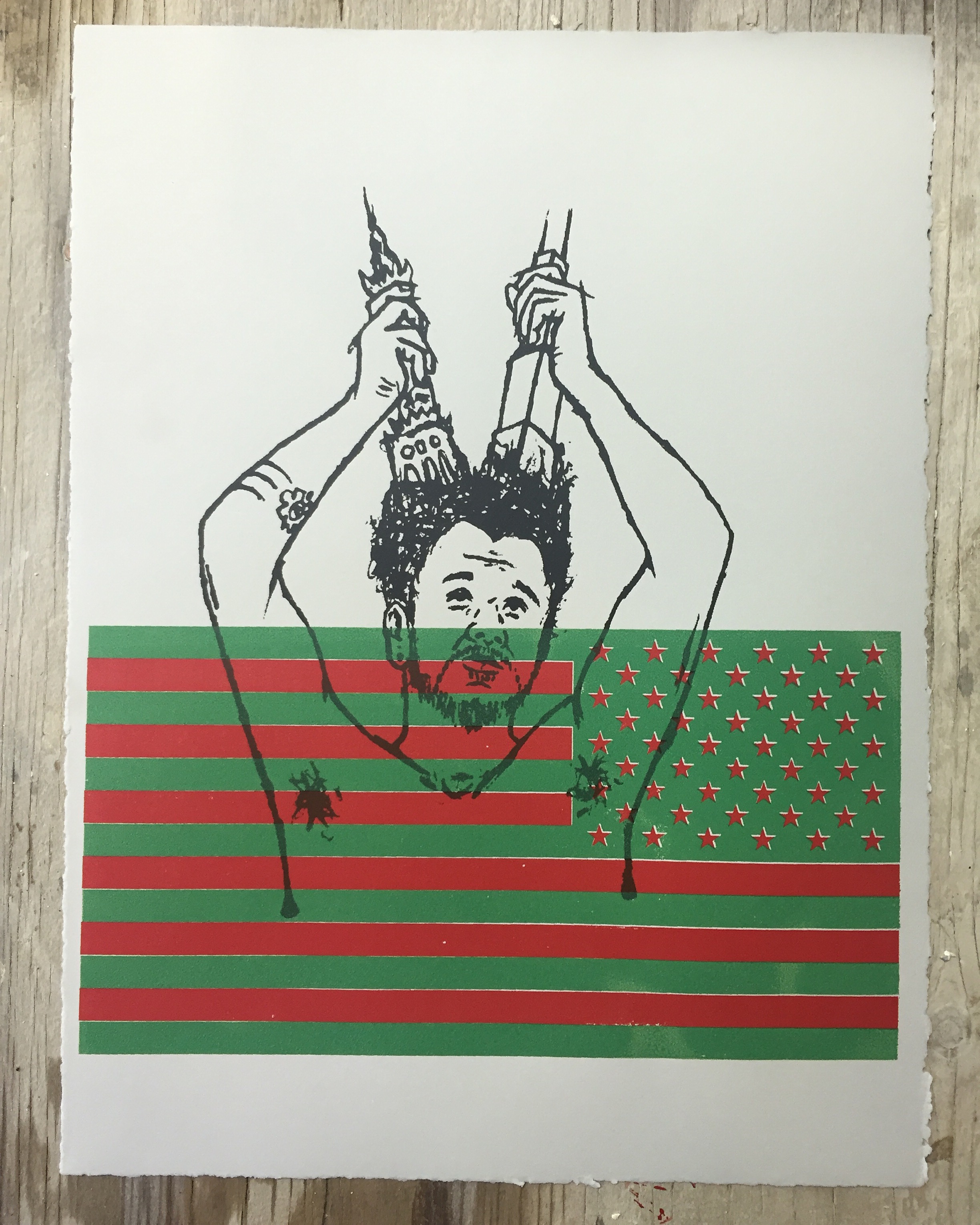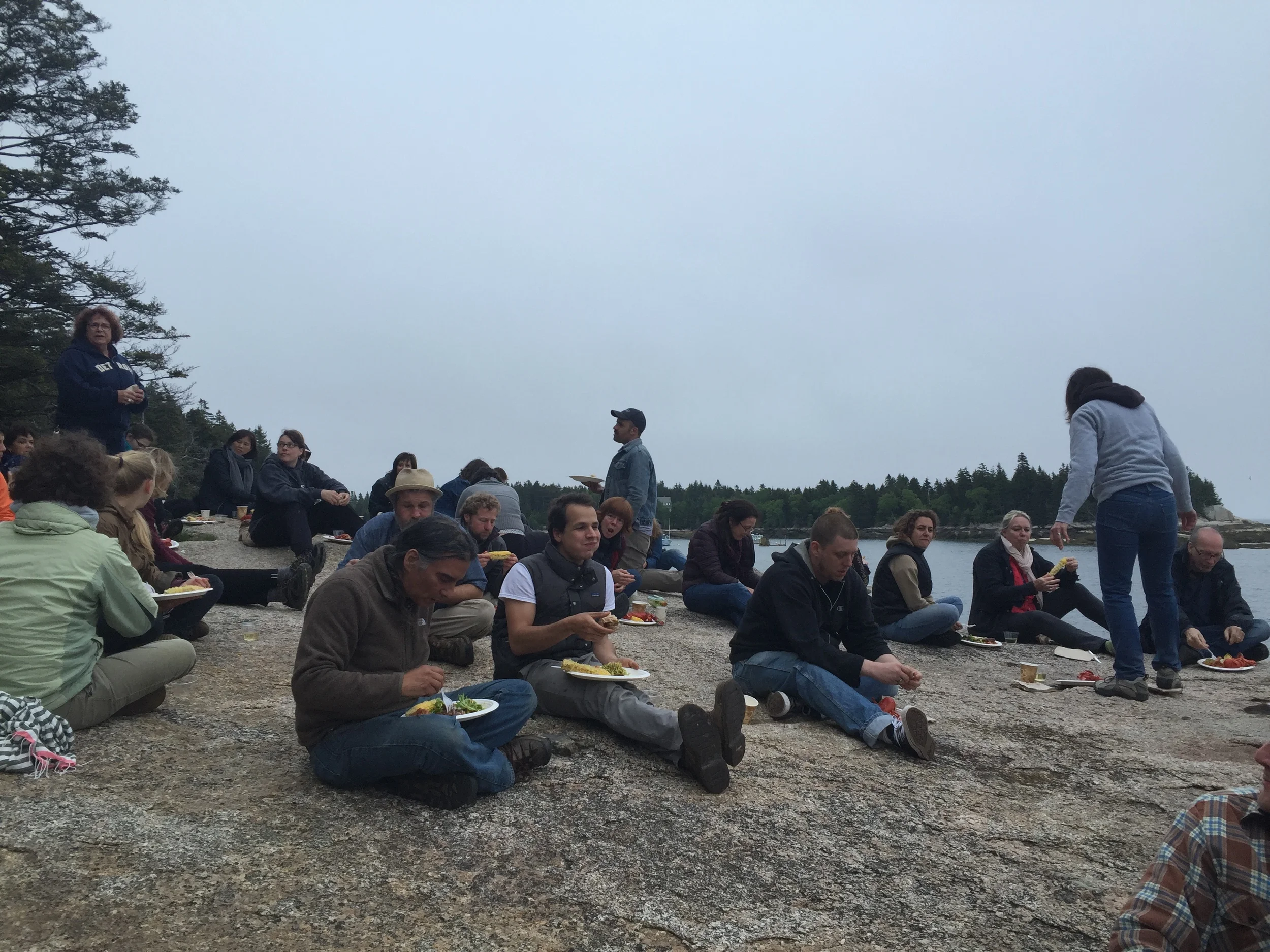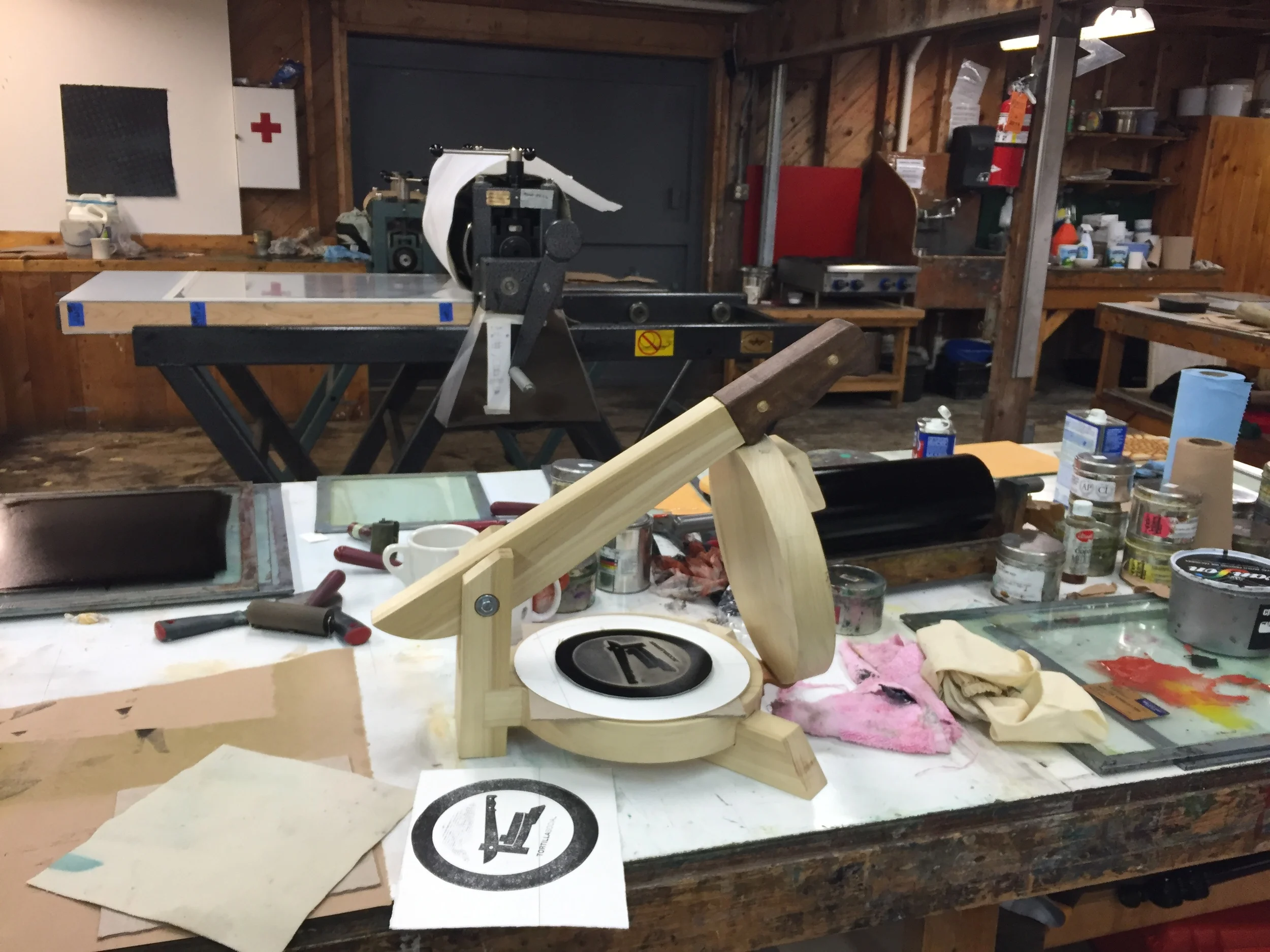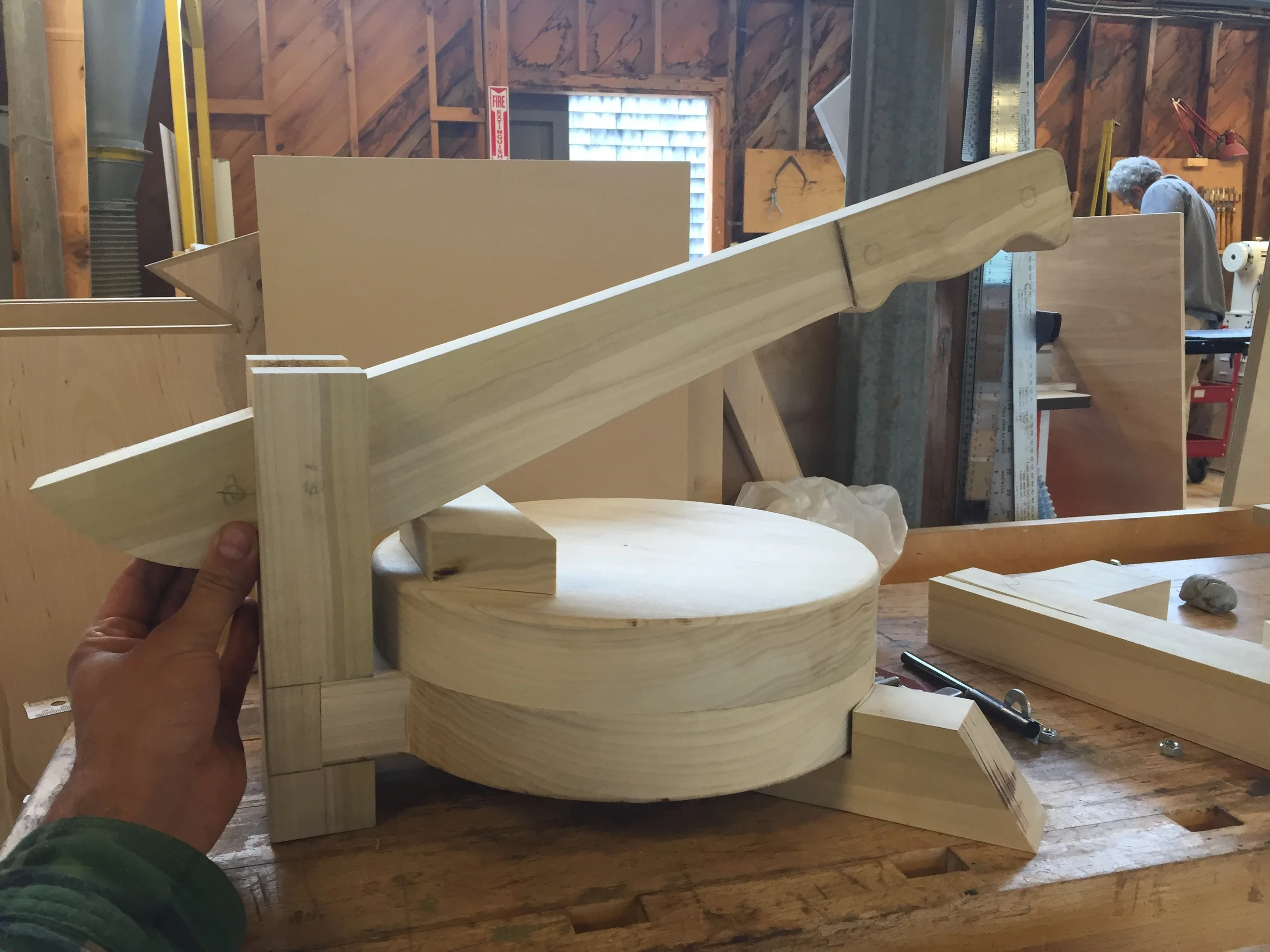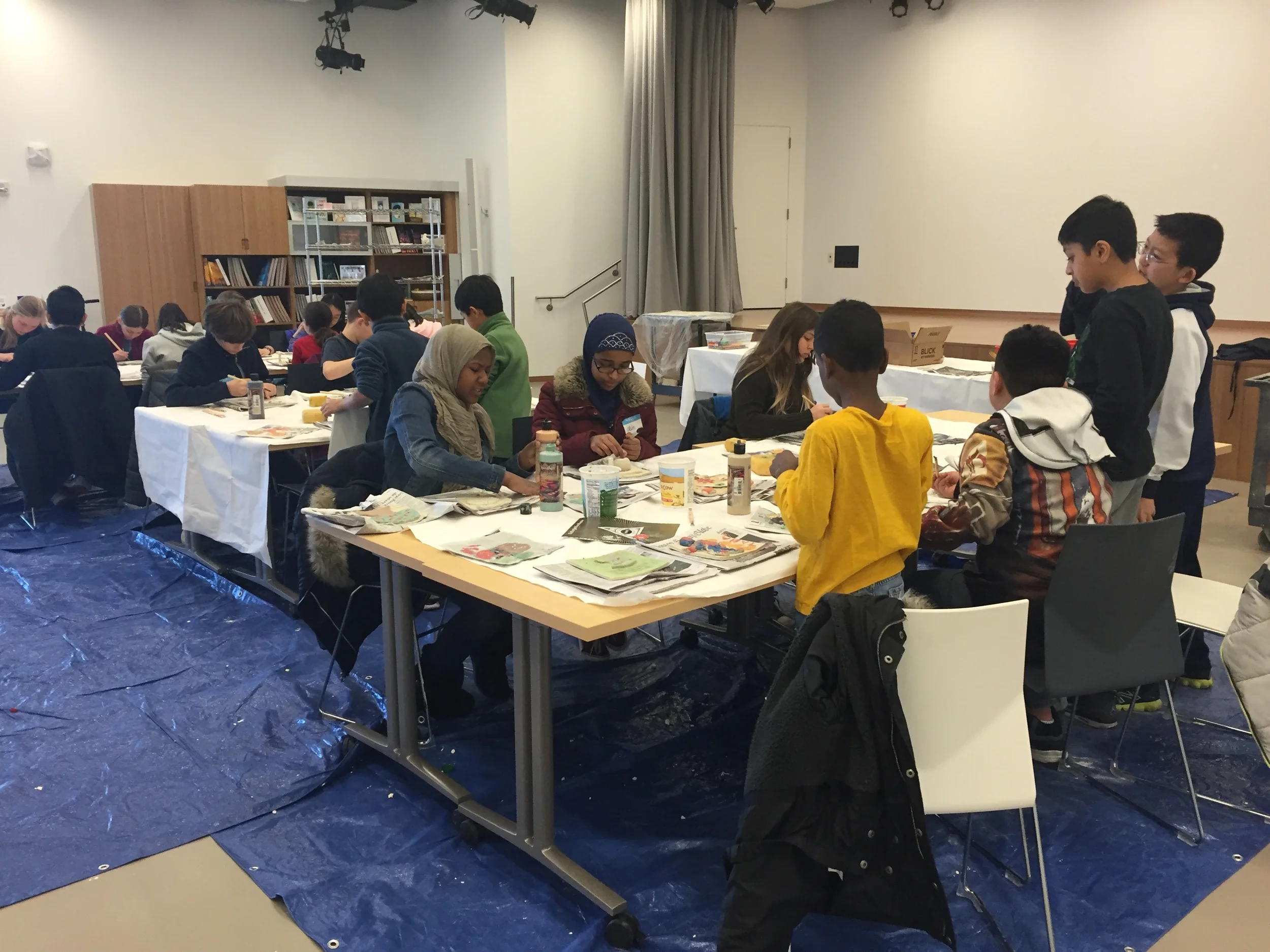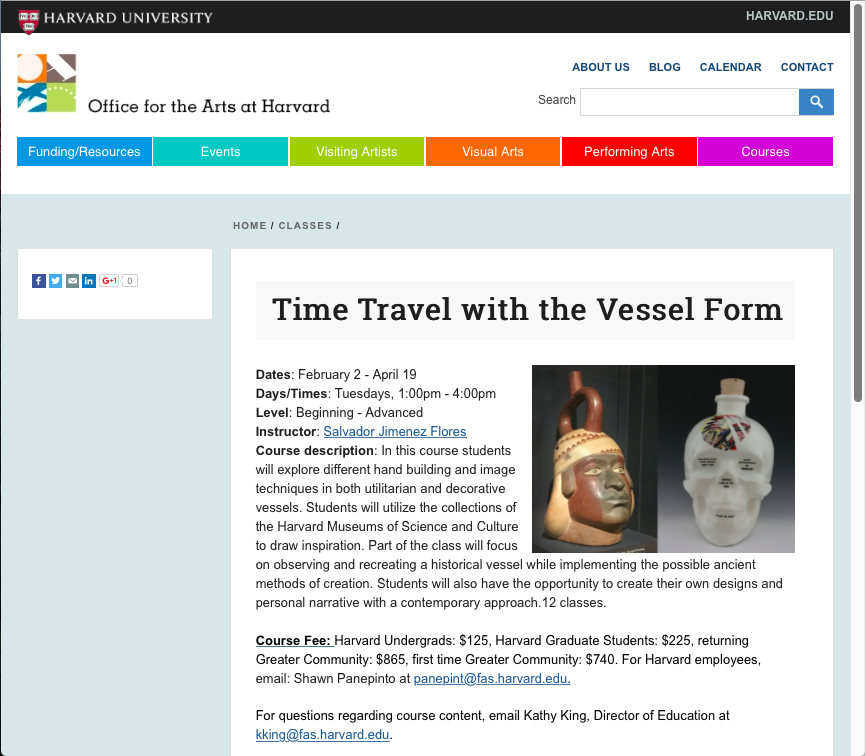Imagine for a moment what it’s like growing up a child of a migrant farmer in America. On top of all the normal trials and tribulations of adolescence, you’re fighting a constant uphill battle trying to fit into a language system and culture that isn’t your own. And just when you feel like you’re starting to get your bearings, your family has to uproot itself and move on to another city in another state in search of more work.
For these children, understanding who they are and realizing who they want to become is only made more difficult by an educational system that too often marginalizes them. That’s why the experiences offered in the Saugatuck Center for the Arts' (SCA) summer migrant program, Growing Young Artists, are so important. For the past four years, SCA has welcomed over 6000 children of migrant farmers inside its facilities for a series of arts and culturally focused educational experiences that activate their individual creativity and help them build key skills including literacy, language, problem solving, team building, communication skills, and social etiquette.
Children in the Growing Young Artists program at SCA show off their handmade sketch books (image courtesy of Saugatuck Center for the Arts)
“This is one of our most prized programs because we’re proud of the impact we have on these kids,” said Whitney Valentine, education and exhibitions manager at SCA. “We really get to know them on a deep level, we’re asking them deep questions and having them journal and sketch, and more often then not they’ve never been invited to think inwardly and express themselves before. The ownership they come to have of their ideas is phenomenal.”
Kendall College of Art and Design of Ferris State University (KCAD) alum Salvador Jiménez (’14, MFA Drawing) understands the situation these children are in better than most. Jiménez has been uprooted himself, having moved with his family to from Mexico to Chicago at the age of 15 before eventually coming to Grand Rapids to pursue his MFA at KCAD. This summer, he had the opportunity to connect with students in the Growing Young Artists program through an artist residency at SCA.
Jiménez' personal journey resonated with the children, who were excited to learn more about how he became an artist (image courtesy of Saugatuck Center for the Arts)
“I was most interested in sharing my knowledge of art making and my personal life story with the children,” says Jiménez. ”My father was part of the Bracero Program that brought millions of Mexican guest workers to the United States in the late 60s. Growing up in Mexico, he would always share stories of his years of picking grapes and tomatoes in California. I would also work on my father’s farm prior to coming to the United States.”
Creative expression became the vehicle through which Jiménez forged his identity in America. Now, he says he feels privileged to be able help set others off on a similar path. “The most important thing is to give them the attention that they deserve. Some people don’t even know that these children exist. What this program does is create an environment where they feel comfortable, where they feel like they have something they can bring to the table that can benefit everyone. It’s this idea of trying to get them to a point where they’re free and they can express their own ideas."
Jiménez first interaction with the students was a presentation in which he shared his own journey. “I think it’s important for the kids to see that if I could do it, they can do it too,” he says.
Then, while a team of other artists led classes over the course of the program’s six sessions, Jiménez guided the children on an extended art project where they each created their own picket signs projecting ideas they felt strongly about, and papier-mâché and plaster masks that reflected their personalities, hopes, struggles, and dreams.
(above, middle, and below): Jiménez helped the children create masks that reflected their personalities, their hopes, and their dreams (images courtesy of Saugatuck Center for the Arts)
At first, Valentine says, the children seemed hesitant about the projects, but once they got going, they began to let their guard down and open themselves up, both to the concept of their masks and to the interaction with Jiménez. “Salvador was absolutely outstanding; he related to them in so many ways that they gravitated towards them. He’s so gracious and kind, and he’s a quiet but powerful leader. He taught our whole team humility, and he really helped the students get the most out of the experience. “
Jiménez and the children, who were proud to display the masks and signs they created (image courtesy of Saugatuck Center for the Arts)
At the program’s closing ceremony, the children put on a mini-performance for their parents and SCA staff using their masks and signs. Jiménez says the idea for the performance was inspired by El Teatro Campesino, a farm worker’s theatre group started by playwright and Chicano theatre pioneer Luis Valdez during the Chicano farm labor movement led by Cesar Chavez in the 1960s.
“Theatre was an outlet to connect to farmers about social issues; it was a form of entertainment that was informative and empowering,” says Jiménez. “It was great to see the kids take ownership of their masks and projecting their own ideas onto the performance.”
(above): The children presented their masks at a special ceremony; (below): Each child's mask was unique in its own way (images courtesy of Saugatuck Center for thre Arts)
Soon, many of the students will move on to new places and new challenges, but Jiménez hopes that after their experience at SCA, they’ll be taking the seeds of empowerment along with them. “As instructors or as artists, our role is to facilitate,” he says. ”We’re trying to set these kids on their own path in terms of what it is they want to create.”
Valentine added, “They’re going to remember their masks, they’re going to remember the relationships they built with Salvador and our team, and they’re going to be more empowered to go back to school and move wherever they have to move. They’re going to get excited and feel more comfortable talking to their parents about their ideas too. This experience will stay with them, hopefully for a very long time.”












